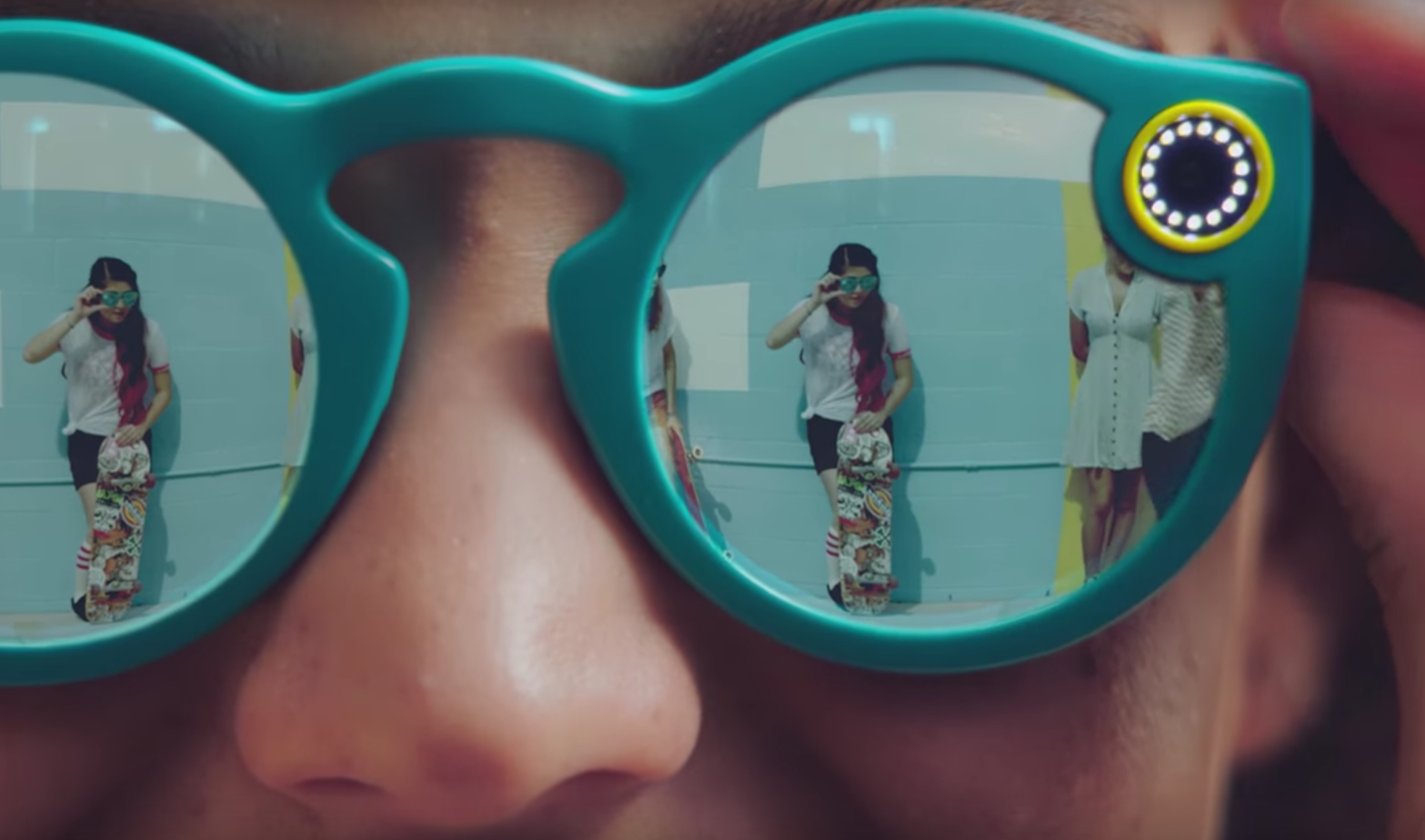
A little more than three years ago, Google co-founder Sergey Brin introduced the world to Google Glass with a splashy demo featuring skydivers livestreaming their jump via the eyewear. The theatrical presentation was meant to showcase the rare vantage points that only a gadget worn on the user’s face could offer, hyping the promise of Google Glass.
But Google shelved the $1,500 gadget only a few years later. Widely panned as functionally unhelpful and visually dorky, Glass never reached mainstream adoption. (The company is said to be working on a new version aimed at business customers rather than everyday consumers.)
From its flashy introduction to its sudden disappearance, the trajectory of Google Glass’ rise and fall is a testament to the challenges that come with giving life to a new product category. Sony, Epson, and a handful of other companies have also tried their hand at “intelligent glasses.” And yet a future in which we’re all walking around with digitally enhanced eyewear seems as far off as ever before.
Evan Spiegel, the 26-year-old founder of Snapchat, is now betting he can crack this particular nut. His company, just rebranded as Snap Inc., is introducing camera-equipped eyeglasses called Spectacles that can record 10 seconds of video with a tap. That video footage is then wirelessly transferred to a user’s phone. Spectacles will be available in three colors when they launch this fall for $129.99, according to The Wall Street Journal.
Spectacles are different from Google Glass and similar devices in several important ways. They’re significantly cheaper, they’re designed solely for capturing video, and they’re meant for casual use. (Google, it should be said, never got so far as marketing Glass as a consumer device, instead offering them through a kind of beta program.) Speaking to the Journal, Spiegel described Spectacles as a “toy” ideal capturing occasions like barbecues and outdoor concerts. Perhaps the most important difference between them and Glass: Spectacles actually look like regular sunglasses, although there’s nothing subtle about their design.
Google Glass, meanwhile, was meant to be more than just a wearable camera. Glass is better described as a miniature face-mounted computer. Complete with tiny display, Glass worked with users’ smartphones to show information like incoming texts, GPS directions, and even cooking recipes.
Google pitched Glass as a high-tech fashion accessory, a wearable camera for adrenaline junkies and photography enthusiasts and a hands-free computer for the workplace all rolled into one. That might have been its biggest problem. Glass did many things, but did few of them particularly well. That left it without any single use case impressive enough to help it break into the mainstream. (Its overtly sci-fi design and creepiness factor didn’t help, giving rise to the term “Glassholes.”)
Spiegel’s gadget may be different than Glass, but his firm faces a similar challenge in convincing people to wear a gadget on their face. Snap Inc. has a few advantages here. Unlike Glass, Spectacles are a simple, focused and relatively affordable product designed to do one thing well. Meanwhile, Snap Inc. is creating the specialized camera inside its glasses, potentially allowing the firm to create apps and experiences specifically tailored for its photographic output. Having some kind of “killer app” might help convince consumers to give Spectacles a try.
Still, Snap Inc. will likely come up against what may have ultimately been the death knell for Google Glass. The idea of a face-mounted camera was viewed as a privacy nightmare by some, since it wasn’t always clear when it was recording. The devices were banned from some bars, restaurants and theaters, especially in the tech-forward Silicon Valley area. How Snap Inc. learns from Google’s experience in terms of the “creepiness factor” will in part determine how Spectacles are received by the public.
Plenty of unanswered questions remain regarding Spectacles. Privacy issues aside, their success will largely depend on whether they can really deliver an experience that’s better than simply recording video with your smartphone. (Spiegel argues this is the case, as Spectacles offer a wide-angle, rounded 115 degree field of view). Still, Spectacles are only being produced in small quantities, and based on Spiegel’s interview with the Journal, they seem more like an experiment at this stage.
But if Spectacles succeed, they’ll give Snap Inc. the chance to popularize an emerging product category, reaping the benefits that come with doing so. (Just look at Apple’s iPhone sales figures for a hint of how lucrative that can be, though perhaps that’s an outlier.) That’s a tough challenge. Although the Apple Watch is estimated to be dominating the U.S. smartwatch market, wrist-worn gadgets haven’t become as ubiquitous as the smartphone. Yet Spiegel has a history of overturning norms — his app, after all, normalized the habit of sending self-destructing messages to one another. The question now is: Can he make a similar disruption in hardware?
More Must-Reads from TIME
- Cybersecurity Experts Are Sounding the Alarm on DOGE
- Meet the 2025 Women of the Year
- The Harsh Truth About Disability Inclusion
- Why Do More Young Adults Have Cancer?
- Colman Domingo Leads With Radical Love
- How to Get Better at Doing Things Alone
- Michelle Zauner Stares Down the Darkness
Contact us at letters@time.com